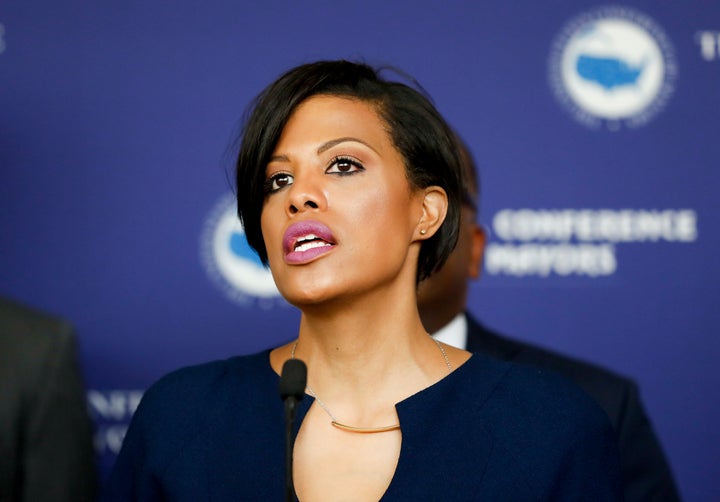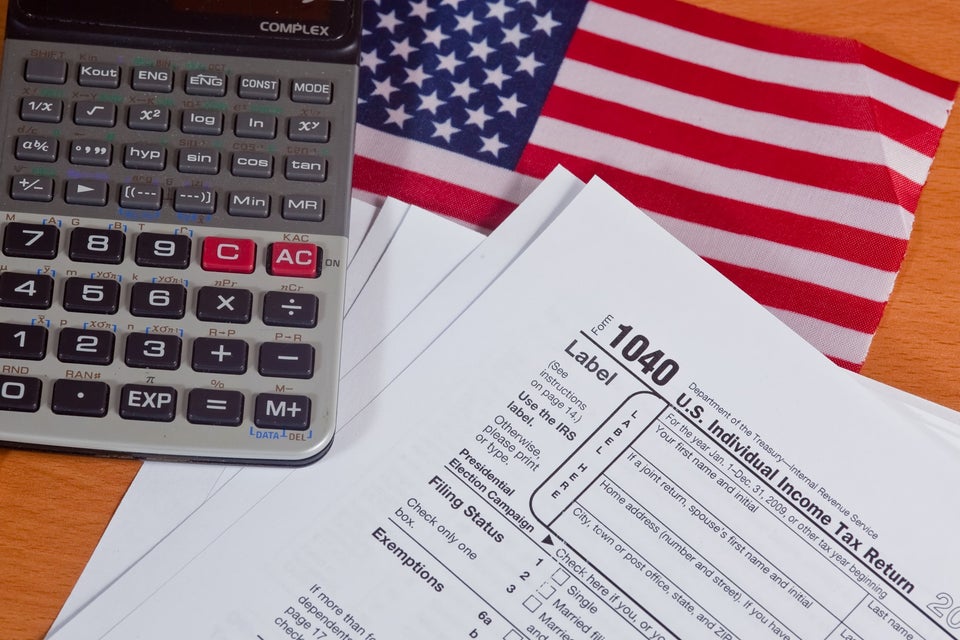
The price of water in one of America’s poorest large cities is about to skyrocket.
In a controversial move Wednesday, the Baltimore City Council approved a plan to hike the city’s water rate about 33 percent over the next three years, by an average of 9.9 percent each year, in addition to introducing two new fixed fees.
The additional funds, according to the Baltimore City Department of Public Works, are necessary in order to fix the city’s crumbling infrastructure and update its billing system in a way it says will be more efficient and accurate. The plan goes into effect in October.
These are expensive fixes the city claims it simply can’t pay for without raising rates. Slowing federal support for infrastructure projects, a factor Mayor Stephanie Rawlings-Blake referenced in a previous statement on the rate increase, isn’t helping matters.
Federal spending on water and wastewater utility projects has stagnated since the 1980s while the cost to repair the nation’s aging water infrastructure has ballooned. The American Water Works Association, a water safety advocacy group, has estimated that price tag at $1 trillion between now and 2035.
Residents and advocacy groups opposed to the rate hike largely agree that Washington deserves the blame for the matter, but also argue Baltimore’s new rate structure will disproportionately impact low-income and senior residents who are already struggling to pay their bill.
One resident, Alexis Schofield, who spoke at Wednesday’s meeting said she “simply cannot afford” to pay an extra $50 per month for her water bill, according to the Baltimore Business Journal. The paper noted that some 20 residents testified against the rate hike.
Many Baltimore residents appear to be in a similar position.
In a report published Tuesday, the national advocacy group Food and Water Watch wrote that some of the city’s residents could actually see rate increases that exceed the widely reported 33 percent figure. According to the group’s analysis, seniors with low water use will see their bill double by 2018 under the current plan, for example.
“Municipalities obviously need the money to do what they need to do to provide safe drinking water, but that drinking water doesn’t have to just be safe, it also has to be affordable,” Mitch Jones, a senior policy advocate at the organization, told The Huffington Post. “We have to make sure when we’re looking at rates that we have a structure in place that doesn’t put the burden on lower-income households.”
To address the issue of making infrastructure improvements without squeezing those households, the group suggests implementing an income-based water affordability program like one already in the works in Philadelphia.
In response to the criticism, Baltimore DPW spokesman Jeffrey Raymond pointed out that some of the city’s water users will actually see their water bill decrease as a result of the change, which will eliminate an existing minimum water charge.
The city also moved Wednesday to approve slightly increased assistance for eligible low-income water users — from $179 in annual support to $197 — and to increase the flexibility of its payment plans, Raymond noted.
Still, advocates like Jones say that’s not enough support to keep up with the level of need. Many Baltimore households — almost 24 percent of which are poor enough to receive food assistance — are already having a hard time keeping up with their water bills. And Baltimore isn’t the only city where residents are struggling, particularly as water rates have been on the rise nationally.
According to the latest data from Circle of Blue, a water-focused news site, water prices in the nation’s 30 largest cities increased 5 percent last year and are up 48 percent since 2010. In the last year, water rate hikes have also been approved or implemented in cities including Phoenix, Los Angeles and Sacramento, California.
Those high prices have correlated with high water shutoff rates in some of the nation’s poorest neighborhoods.
In Detroit, the city shut off water service to 23,000 homes last year. That’s about 13 percent of the utility’s entire base of residential customers.
And though Detroit has pledged to help struggling water users get on payment plans, the shutoffs have continued this year. The city has cut off water for about 150 homes per day since May.
_____
Joseph Erbentraut covers promising innovations and challenges in the areas of food and water. In addition, Erbentraut explores the evolving ways Americans are identifying and defining themselves. Follow Erbentraut on Twitter at @robojojo. Tips? Email joseph.erbentraut@huffingtonpost.com.

